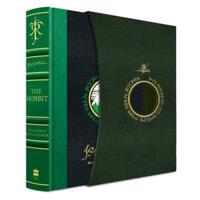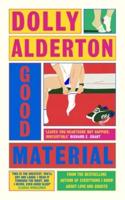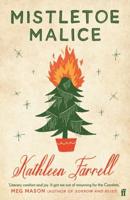Publisher's Synopsis
Hendrik Willem van Loon(January 14, 1882 - March 11, 1944) was a Dutch-American historian, journalist, and award-winning children's book author.He was born in Rotterdam, Netherlands, the son of Hendrik Willem van Loon[2] and Elisabeth Johanna Hanken.[3] He went to the United States in 1902 to study at Cornell University, receiving his degree in 1905. In 1906[4] he married Eliza Ingersoll Bowditch (1880-1955), daughter of a Harvard professor, by whom he had two sons, Henry Bowditch and Gerard Willem. The newlyweds moved to Germany, where van Loon received his Ph.D. from the University of Munich in 1911 with a dissertation that became his first book, The Fall of the Dutch Republic (1913). He was a correspondent for the Associated Press during the Russian Revolution of 1905 and again in Belgium in 1914 at the start of World War I. He lectured at Cornell University from 1915 to 1917; in 1919 he became an American citizen. Van Loon had two later marriages, to Eliza Helen (Jimmie) Criswell[5] in 1920 and playwright Frances Goodrich Ames in 1927, but after a divorce from Ames he returned to Criswell (it is debatable whether or not they remarried); she inherited his estate in 1944.From the 1910s until his death, Van Loon wrote many books, illustrating them himself. Most widely known among these is The Story of Mankind, a history of the world especially for children, which won the first Newbery Medal in 1922. The book was later updated by Van Loon and has continued to be updated, first by his son and later by other historians. However, he also wrote many other very popular books aimed at young adults. As a writer he was known for emphasizing crucial historical events and giving a complete picture of individual characters, as well as the role of the arts in history. He also had an informal and thought-provoking style which, particularly in The Story of Mankind, included personal anecdotes. As an illustrator of his own books, he was known for his lively black-and-white drawings and his chronological diagrams. After having revisited Germany many times in the 1920s, he was banned from the country when the Nazis came to power. His 1938 book Our Battle, Being One Man's Answer to "My Battle" by Adolf Hitler earned him the respect of Franklin Delano Roosevelt, in whose 1940 presidential campaign he worked, calling on Americans to fight totalitarianism. The titles and subtitles of his books are notable for being lengthy. Van Loon had a remarkable command of the English language, and the 1946 and other editions of "Roget's International Thesaurus" are dedicated "To the memory of Hendrik Willem Van Loon who month after month, year after year, sent additions and changes for this edition." William V, Prince of Orange (Willem Batavus; 8 March 1748 - 9 April 1806) was the last Stadtholder of the Dutch Republic. He went into exile to London in 1795. He was the reigning Prince of Nassau-Orange until his death in 1806. In that capacity he was succeeded by his son William.William V assumed the position of stadtholder (chief executive) and Captain-General of the Dutch States Army in 1766. On 4 October 1767 in Berlin, Prince William married Princess Wilhelmina of Prussia, the daughter of Augustus William of Prussia, niece of Frederick the Great and a cousin of George III.The position of the Dutch during the American War of Independence was one of neutrality. William V, leading the pro-British faction within the government, blocked attempts by pro-independence, and later pro-French, elements to drag the government to war in support of the Franco-American alliance. However, things came to a head with the Dutch attempt to join the Russian-led League of Armed Neutrality, leading to the outbreak of the Fourth Anglo-Dutch War in 1780. In spite of the fact that Britain was engaged in fighting on several fronts, the war went badly for the Dutch and the Republic was eventually forced to cede some territory to the British. ..








